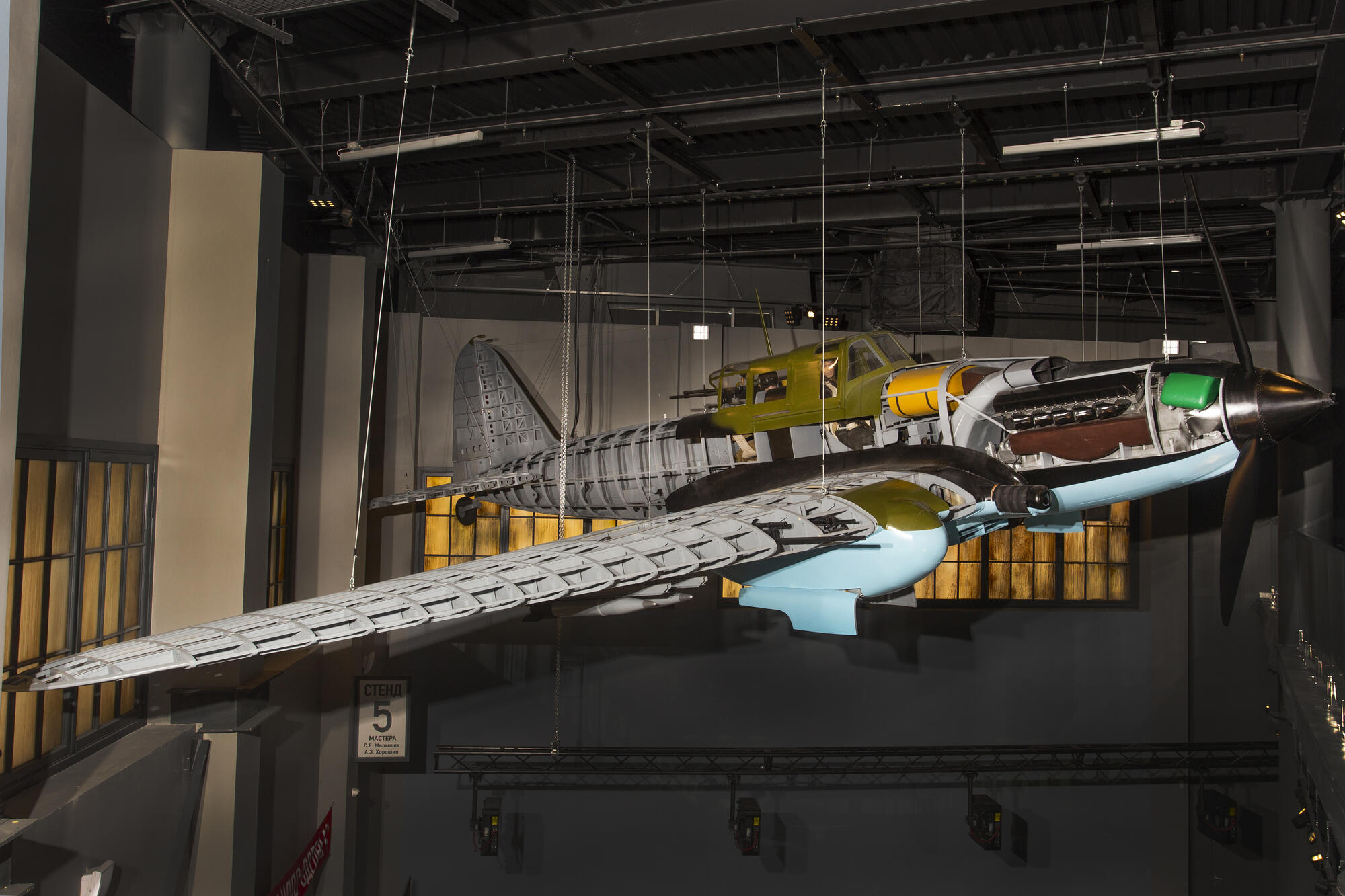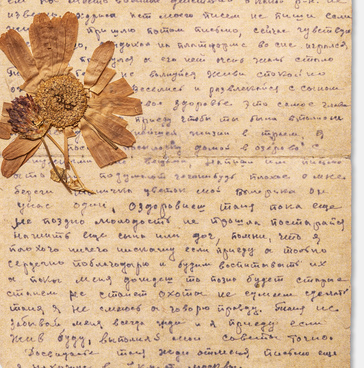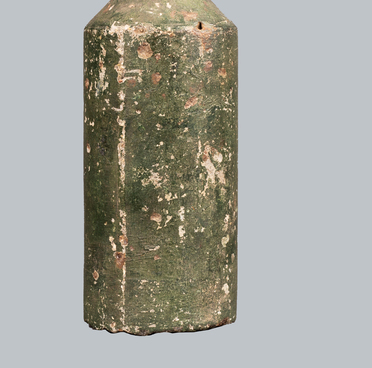The 1:1 scale model of the Soviet attack aircraft of the Great Patriotic War era Il-2 was made by the museum “Grand Maket” in St. Petersburg. The Il-2 was developed in the experimental design bureau OKB-240, which was headed by Sergey Vladimirovich Ilyushin. This is one of the most mass-produced combat aircraft in history: over 36,000 units were manufactured by several factories.
The Il-2 was a single-engine aircraft of mixed construction. Its main feature was the inclusion of armor in the airframe load-bearing scheme. The armored hull replaced the frame and paneling throughout the front and middle part of the fuselage.
The load-bearing armored hull was made of homogeneous armor steel AB-1 (AB-2). It protected the engine, the cockpit, radiators and some other mechanisms. The transparent frontal armor of the cockpit canopy had a thickness of 64 millimeters and would stop a 7.62 mm armor-piercing round fired at point-blank range.
At that time, other Soviet designers were working on an armored attack aircraft. In order to ensure his aircraft’s victory in competition with other design bureaus, Ilyushin proactively created a single-seat version. In place of the gunner’s seat, an additional fuel tank was installed, while the aerodynamic center of the aircraft was shifted and protected by armor plates.
By saving considerable weight, the attack aircraft was able to meet the speed requirements required by the state, and the additional tank increased the flight range. Faced with heavy losses of Il-2 aircraft, which did not have defensive weapons in the rear, the Air Force demanded that Ilyushin redesign the aircraft as a two-seater. The designer successfully completed this task by the end of 1942. However, it was no longer possible to change the armored hull, so the gunner was outside it and was protected only by a 6 mm armor plate from the tail side. At the same time, the pilot was protected from the rear by armor with a thickness of 12 millimeters.
In 1942, engineers came up with a modified design of the armored hull, which would protect the rear gunner. However, there was a strict decree not to reduce the pace of production, which, of course, would have to slow down for the introduction of the new model. As a result, the armored hull, which protected both crew members, was fitted much later. The designation of this version was changed to Il-10. The model went into production in 1944.


